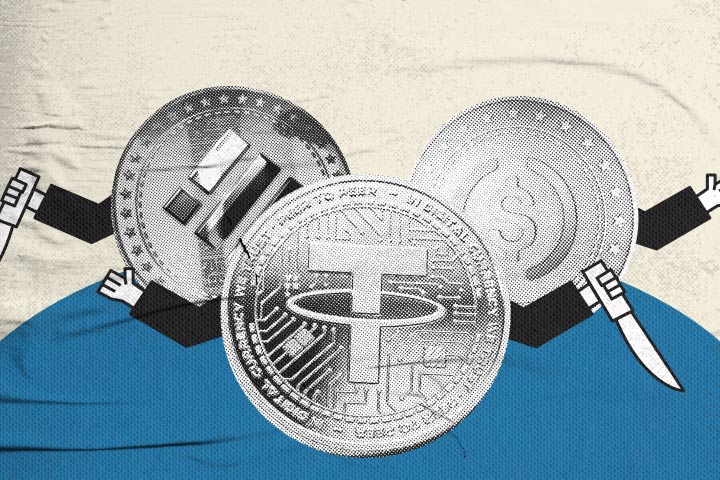U.S. Treasury: Stablecoins Threaten Financial Stability

Government analysts say stablecoins are speculative assets and their widespread use threatens the stability of the U.S. financial system.
The U.S. Treasury Department’s Financial Stability Oversight Council (FSOC) released a report on digital assets, their regulation, and the risks they pose to financial stability.
The report states that the main risk of cryptocurrency assets is their price formation mechanism, which is highly susceptible to market speculation. For this reason, if the interaction between the cryptocurrency market and the traditional financial system intensifies, it could face destabilization.
The U.S. Treasury Department recognizes the connection between the crypto market and the traditional financial system as “relatively limited.” That’s why officials see stablecoins, which already have much closer ties to traditional finance than other crypto-asset classes, as a major threat to financial stability.
FSOC analysts suggest strengthening government oversight of the cryptocurrency market to help keep the U.S. financial system stable. Thus, issuing algorithmic stablecoins in the country has already been officially banned.
As an alternative to cryptocurrencies that could maintain the stability of the U.S. financial system, analysts of the Treasury Department previously called a central bank digital currency (CBDC). The development of a corresponding project is already underway with Ripple’s participation. At the same time, independent analysts have criticized a CBDC, suggesting private stablecoins backed by fiat money as an alternative.











